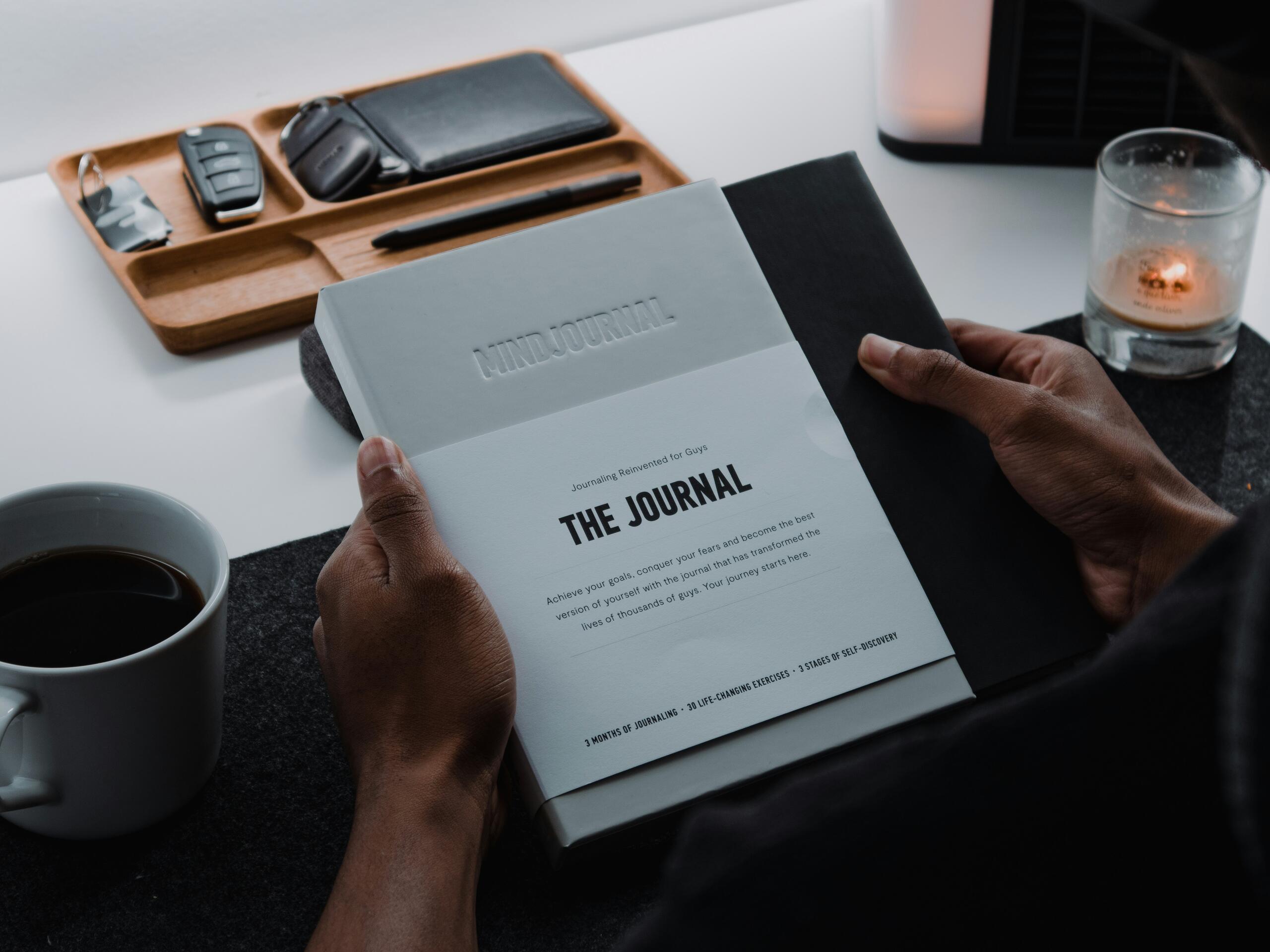A Minimalist Framework for Emotional Well-Being and Behavior Change
Tim Ferriss is best known for productivity hacks, high-performance strategies, and systems thinking. But one of the most quietly transformative tools in his arsenal is deceptively simple:
The 5-Minute Journal.
Used by thousands—including Ferriss himself—this analog practice offers a framework for reflection, gratitude, and clarity, all in under 10 minutes a day.
It’s also a masterclass in product simplicity: a low-friction habit loop that blends design, behavioral psychology, and emotional wellness.
The Journal Format
The journal is divided into two daily entries—morning and evening—with a total of five simple prompts:
Morning Prompts
- I am grateful for…
- What would make today great?
- Daily affirmations. I am…
Each has space for three short responses.
Evening Prompts
- 3 amazing things that happened today
- How could I have made today better?
That’s it. No time-tracking. No overwhelming blank pages. Just structure, consistency, and reflection.
Strategic Simplicity: Why It Works
The 5-Minute Journal solves multiple emotional and mental performance challenges in one lightweight ritual:
- Gratitude reduces anxiety and improves mood
- Goal priming (“What would make today great?”) increases intentionality
- Self-talk and affirmation rewires internal narratives
- Evening reflection provides closure and insight
The minimal format is deliberate. It reduces friction, avoids overcommitment, and works even for type-A personalities who typically resist slowing down.
“If anxiety is a focus on the future, practicing appreciation—even for 2 to 3 minutes—is counter-balancing medicine.” — Tim Ferriss
Tim Ferriss’ System Enhancements
Ferriss shares several enhancements that refine how he uses the journal:
1. Avoid Gratitude Repetition
It’s easy to fall into autopilot (“my health,” “my dog,” “my family”). Instead, rotate through four categories when answering “I am grateful for…”:
- An old relationship that helped you
- An opportunity you have today
- Something great that happened yesterday
- Something simple and tangible nearby
This increases emotional range and prevents the practice from becoming mechanical.
2. Monthly Reviews of Evening Entries
Rereading “3 amazing things that happened today” at the end of the month reinforces positive memories and shifts long-term perspective.
It’s quick, low-effort therapy—and builds gratitude’s compounding effect.
Product Design Lessons for Creators
For marketers and product designers, the 5-Minute Journal demonstrates how a tiny, well-scaffolded experience can become habit-forming and life-enhancing.
Key takeaways:
| Principle | Application |
|---|---|
| Constraint as value | Limiting to 3 answers per prompt drives focus and prevents overwhelm. |
| Emotional specificity | Encouraging grounded, sensory-based responses deepens impact. |
| Ease-of-start | Designed to be usable from day one with no onboarding. |
| Built-in review loop | Monthly look-backs create natural reinforcement. |
| Flexible format | Users can use the branded book—or any notebook. |
Tools and Implementation
- Ferriss recommends the bound journal from Intelligent Change for simplicity and portability.
- However, this practice can be done in a plain notebook, a notes app, or even voice-memo style for non-writers.
Final Word
The 5-Minute Journal doesn’t offer novelty. It offers consistency.
It creates a daily moment of stillness and presence—something many high-achievers actively resist but deeply need.
In just 10 minutes a day, it reframes the day’s challenges, primes your mind for action, and helps you stop chasing and start appreciating.
“It forces me to think about what I have, rather than what I’m pursuing.” — Tim Ferriss
That’s the real ROI.
If your brand or product is exploring habit design, behavior-based UX, or emotional wellness tools, this is the kind of product worth studying—and building toward.
Let’s talk if you want to create products that perform.

